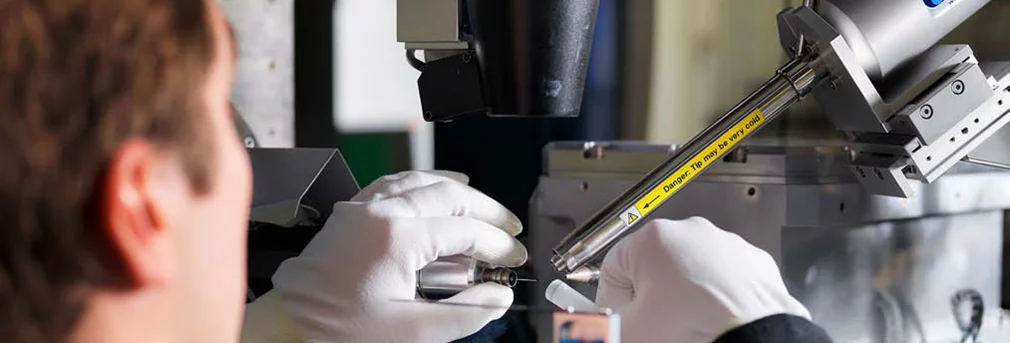
X06SA (PXI) was the first macromolecular crystallography beamline at the Swiss Light Source. It is equipped with a flexible two-stage focusing X-ray optics system and a single–photon counting hybrid pixel area EIGER 16M (Dectris) detector. X06SA is well suited for micro-crystals, crystallography of large unit cell structures, and single/multiwavelength anomalous diffraction experiments (SAD/MAD).
In October 2023, PXI closed for a major refurbishment as part of the SLS 2.0 machine upgrade. The beamline is set to reopen for pilot experiments in 2025.
Specifications
| Wavelength range (Å) | |
|---|---|
| Spectral range (keV) | |
| Energy resolution (%) | |
| Flux at 12.4 keV at 400mA (ph/s) | |
| Spot size h x v (μm) | |
| Detector | EIGER 16M X (133 Hz) |

